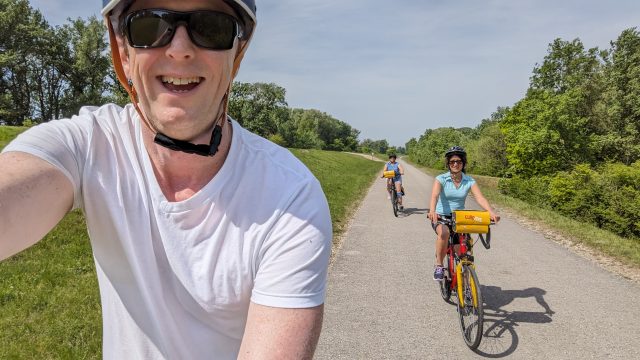If you have booked your first cycling trip with Headwater Holidays, our guide to bikes will tell you everything you need to know before you go.
I enjoy cycling at home and was surprised by the subtle but important differences between my own bike and one for touring. So, for anyone interested in their first cycling holiday I thought it would be good to run through the differences, and their benefits to understand more about the bikes we offer on our trips.
We offer a range of bike models through our highly regarded providers that we work with on all our trips, across the different countries we operate in, but as a general guide for anyone new to a cycling holiday, here’s what to expect of a typical hybrid or touring bike.
Firstly, it is good to know that at Headwater we carefully select and regularly check the bike providers we use for all our trips. Together with them, we make sure that you have the best bike for the terrain and routes on your holiday, whilst also ensuring checks to ensure the maintenance is spot on and no bike in our wider fleet is ever more than five years old.
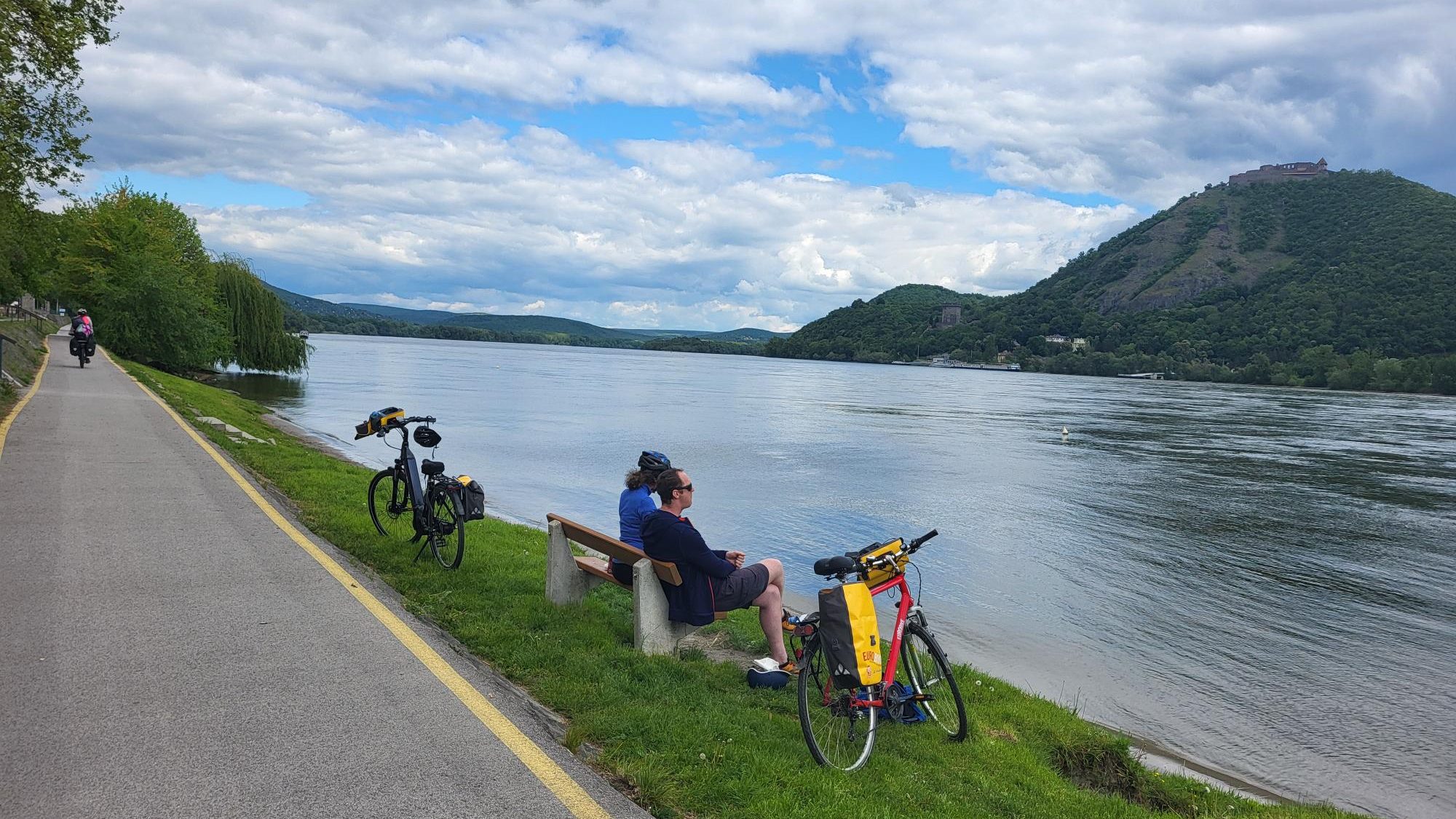
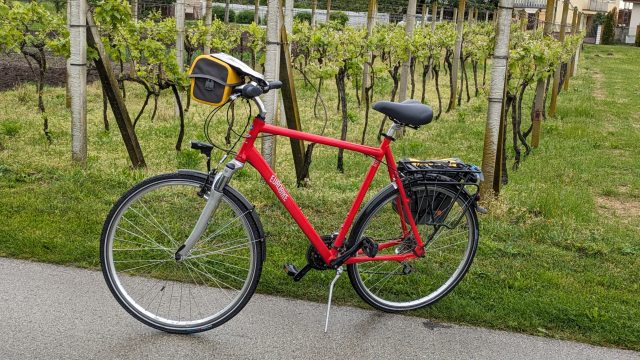
They are elliptical in shape, which feels odd to start with, but when you spend so long in the saddle leaning onto the grips tier extra surfaces are a big help.
They offer a stable and upright riding position, providing better control and comfort for long days in the saddle.
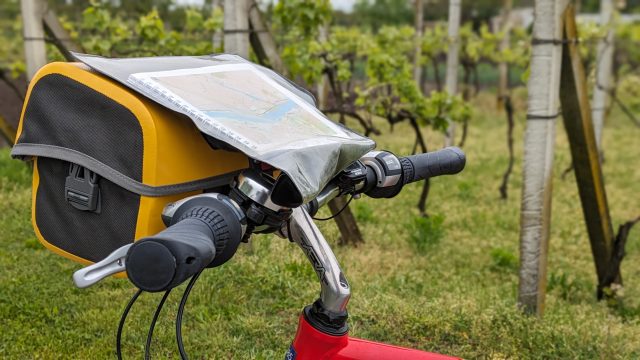
Many pathways are dual use so it is useful, and polite, to let walkers and other cyclists know you are coming past.
This sits on the handlebars and allows you easily access your phone and discover more about all the points of interest (POIs) embedded in our Headwater Navigation App. The clear plastic cover allows you to see the map and touch the screen. Plus keeps it dry, just in case.
The Headwater Navigation App, created by avid cyclists, provides hand-written personalised turn-by-turn directional cues, hazards to be aware of and good places to stop along the way. In most cases, we advise using a Bluetooth headphone in one ear, to be able listen to these cues clearly whilst you take in the views, rather than looking at your phone screen or a map. Simply listen to the instructions advising you in good time of the next turn, although unfortunately in some countries such as France, this is illegal.
An option of 21 gears is usually the standard, but in Europe, you should note, shifters are the opposite way around on the handlebars. Don’t worry, it is surprising how quickly you get used to it.
As with the gears, they are set up the opposite way around in Europe. Right is rear, left is front, it is worth taking a little more care with these initially, until you are comfortable.
Your bike will come with the most appropriate type of tyres for the terrain you will encounter for the majority of your riding. There may be short sections when you’ll ride on gravel or tarmac when the tyres aren’t perfectly suited to the surface but with a little common sense and caution and this isn’t a problem.
If fitted, these will be on the front and will need no intervention from you but will soften the bumps along the way.
You will have two choices when you book your cycling holiday, a ‘standard’ cross bar frame or a ‘step through frame’, the latter is a very popular choice in European counties especially. Even if you have a cross bar frame at home, do consider the ease of a “step through frame”, especially for day four or five when the legs are feeling it a little more tired getting on and off the bike.
We will also need to know everyone’s height, ideally at time of booking, so we can ensure the correct size of frame is there waiting for you.
Our bikes come with flat pedals with no toe grips, making it nice and easy to get going and stop.
If you want to bring your own clip in pedals, then please let us know at the time of booking so we can check with the bike provider. Many will help you swap the pedals, but it is best to bring your specific pedal spanner just in case.
These seemed really big and squishy when I first saw them, but by day three I was ever so grateful they were. These gel seats are chosen with comfort in mind.
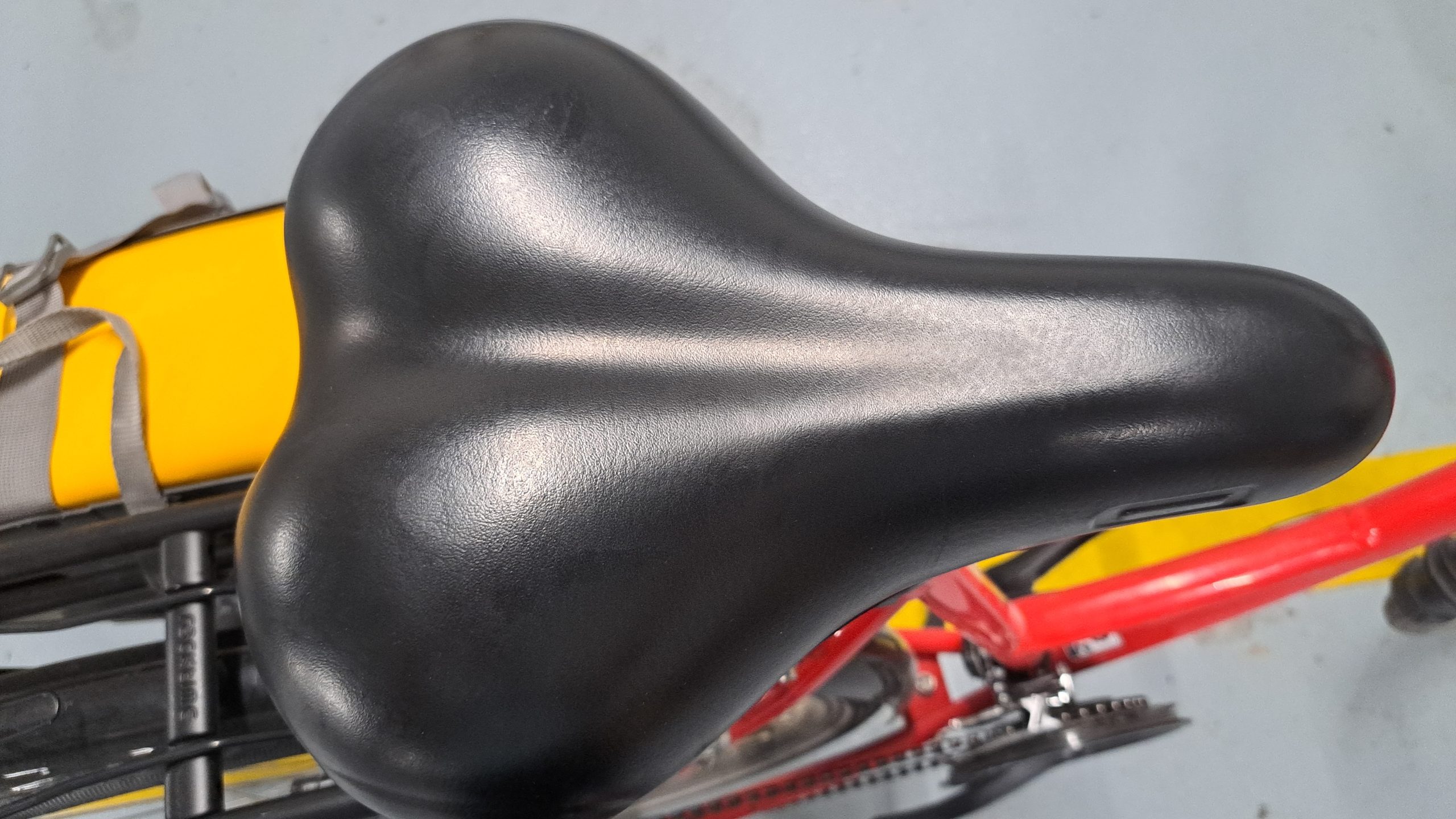
When riding at home, I normally use a backpack, but I loved the panniers while on holiday because in the warmer weather it meant I could enjoy the breeze and after several days of cycling with no bag on my back it meant I didn’t have stiff shoulders either. Plus, we were never in a rush anywhere, so when we wanted to rehydrate, we could casually stop, and drink from our stowed water bottles.
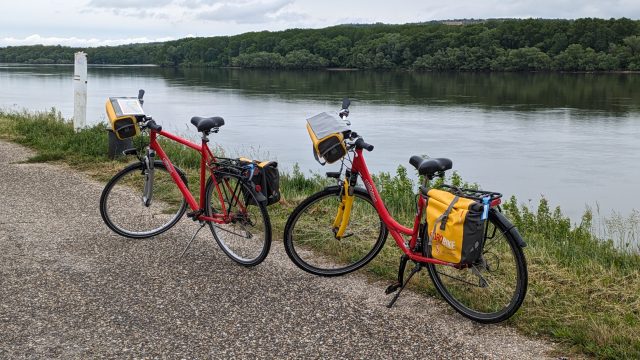
In the panniers you will find a puncture repair kit and pump, in-case you have a flat. As a cyclist we know these can happen anywhere, so it is best to be prepared. We also provide a lock, to secure your bike. When leaving it we advise you to secure the bike to an immoveable object like railings, etc, so they can’t just be lifted and taken away – you would be amazed at what can happen when you’re enjoying a well-earned gelato!
Here are a few more things I thought would be helpful for your first cycling trip which are not on the bike, but are important…
An optional addition but you will be leaning on the handlebars for several hours of consecutive days, the extra padding may be very welcome.
Talking of extra padding, I wouldn’t even consider a cycling holiday without padded cycling shorts now. Not the most flattering of fashion item, but I tend to wear mine under my regular shorts. These have to be top of your packing list, the bigger saddles are very comfy, but you will thank me on day three for the advice to bring padded cycling shorts too. It’s also good for hygiene as the chamois adds a layer of breathability between the fabric and your skin.
At Headwater we do not provide helmets. This may seem inconvenient but let me get serious for a minute whilst I explain why…
If you ever were to fall off your bike your helmet could save your life. It is as simple as that. However, if a helmet’s structural integrity has been damaged when you need it most, it will fail with potentially very serious consequences. Beneath the designer exterior most helmets are made with expanded polystyrene foam (the same stuff used in packaging). All it takes is for it to be dropped in an unlucky way this foam can be cracked causing structural damage to the helmet which is invisible to the wearer, meaning it will not protect you when you need it most. With rental helmets we have no visibility or guarantee of their internal structural integrity, not knowing what the numerous previous customers did with it. So, for your safety we ask you to bring your own helmet. Plus, you look way cooler in your own.
I simply took mine onto the plane along with my small hand luggage (depending on ticket inclusion and airline), without any problems whatsoever.
At home I enjoy riding and love my bike, but I am not in the saddle for three, four or five days consecutively. And that is the big difference. Our bikes are chosen with comfort in mind for the distance, which ultimately means you will have a much more enjoyable holiday in the saddle. I hope you enjoyed our quick guide to bikes.
Happy pedalling!
To see all our self-guided cycling trips click here.
